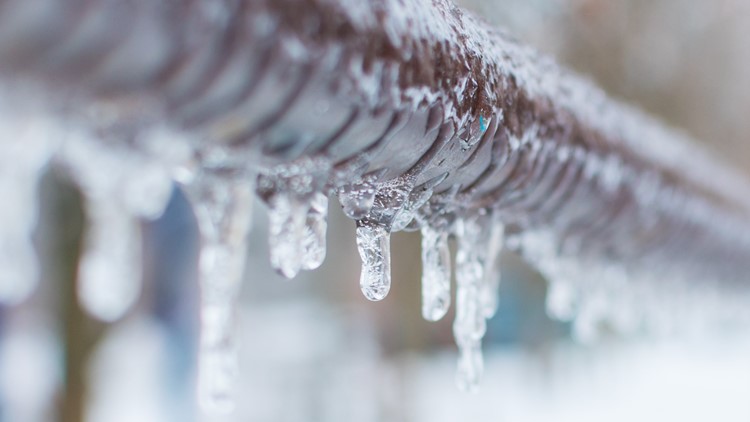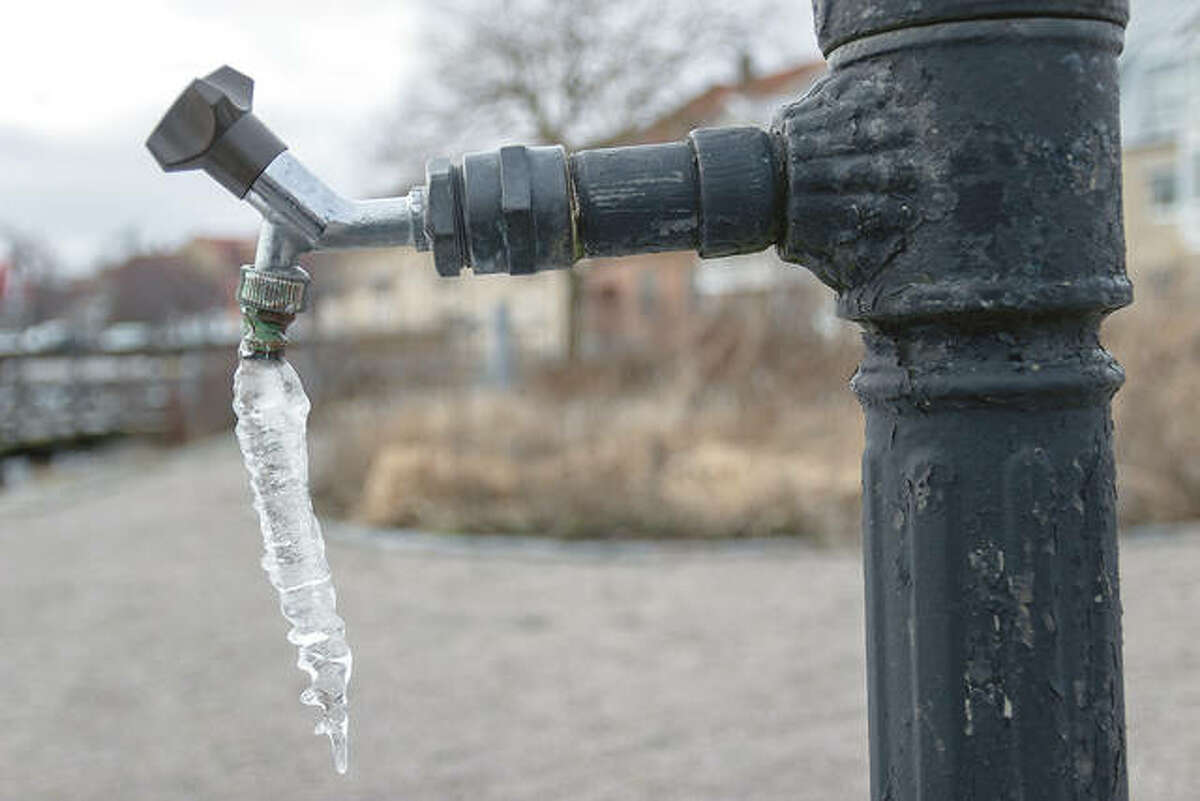Just about every person has got his or her own way of thinking involving Preventing and dealing with frozen pipes.

Winter can wreak havoc on your pipes, especially by freezing pipelines. Right here's just how to stop it from occurring and what to do if it does.
Intro
As temperature levels decrease, the threat of frozen pipelines increases, possibly resulting in pricey repair work and water damages. Understanding just how to stop frozen pipelines is critical for house owners in cold environments.
Prevention Tips
Protecting susceptible pipes
Wrap pipelines in insulation sleeves or use warm tape to secure them from freezing temperatures. Concentrate on pipes in unheated or exterior locations of the home.
Home heating techniques
Keep indoor areas appropriately heated, specifically locations with plumbing. Open closet doors to enable warm air to distribute around pipelines under sinks.
Just how to recognize icy pipes
Search for decreased water flow from taps, uncommon smells or noises from pipelines, and noticeable frost on revealed pipelines.
Long-Term Solutions
Structural adjustments
Consider rerouting pipes away from exterior walls or unheated areas. Add additional insulation to attics, basements, and crawl spaces.
Updating insulation
Invest in high-quality insulation for pipes, attics, and walls. Appropriate insulation helps preserve regular temperature levels and decreases the threat of frozen pipes.
Securing Outdoor Plumbing
Garden pipes and outdoor faucets
Disconnect and drain pipes yard tubes before winter season. Set up frost-proof faucets or cover exterior taps with protected caps.
Understanding Icy Pipelines
What causes pipelines to ice up?
Pipes ice up when exposed to temperature levels below 32 ° F (0 ° C) for prolonged periods. As water inside the pipes ices up, it expands, putting pressure on the pipe wall surfaces and possibly creating them to burst.
Threats and damages
Frozen pipelines can cause water system interruptions, residential or commercial property damage, and expensive fixings. Ruptured pipes can flooding homes and cause comprehensive structural damage.
Indicators of Frozen Pipeline
Identifying icy pipes early can avoid them from breaking.
What to Do If Your Pipes Freeze
Immediate actions to take
If you suspect frozen pipelines, maintain faucets open up to eliminate stress as the ice thaws. Make use of a hairdryer or towels taken in warm water to thaw pipelines gradually.
Verdict
Preventing frozen pipes requires proactive procedures and fast responses. By comprehending the causes, indications, and preventive measures, house owners can protect their pipes throughout winter.
5 Ways to Prevent Frozen Pipes
Drain Outdoor Faucets and Disconnect Hoses
First, close the shut-off valve that controls the flow of water in the pipe to your outdoor faucet. Then, head outside to disconnect and drain your hose and open the outdoor faucet to allow the water to completely drain out of the line. Turn off the faucet when done. Finally, head back to the shut-off valve and drain the remaining water inside the pipe into a bucket or container. Additionally, if you have a home irrigation system, you should consider hiring an expert to clear the system of water each year.
Insulate Pipes
One of the best and most cost-effective methods for preventing frozen water pipes is to wrap your pipes with insulation. This is especially important for areas in your home that aren’t exposed to heat, such as an attic. We suggest using foam sleeves, which can typically be found at your local hardware store.
Keep Heat Running at 65
Your pipes are located inside your walls, and the temperature there is much colder than the rest of the house. To prevent your pipes from freezing, The Insurance Information Institute suggests that you keep your home heated to at least 65 degrees, even when traveling. You may want to invest in smart devices that can keep an eye on the temperature in your home while you’re away.
Leave Water Dripping
Moving water — even a small trickle — can prevent ice from forming inside your pipes. When freezing temps are imminent, start a drip of water from all faucets that serve exposed pipes. Leaving a few faucets running will also help relieve pressure inside the pipes and help prevent a rupture if the water inside freezes.
Open Cupboard Doors
Warm your kitchen and bathroom pipes by opening cupboards and vanities. You should also leave your interior doors ajar to help warm air circulate evenly throughout your home.

Hopefully you enjoyed our topic on Preventing and dealing with frozen pipes. Thank you so much for spending some time to read our piece. Sharing is good. One never knows, you may just be helping someone out. Many thanks for your time invested reading it.
Call Today